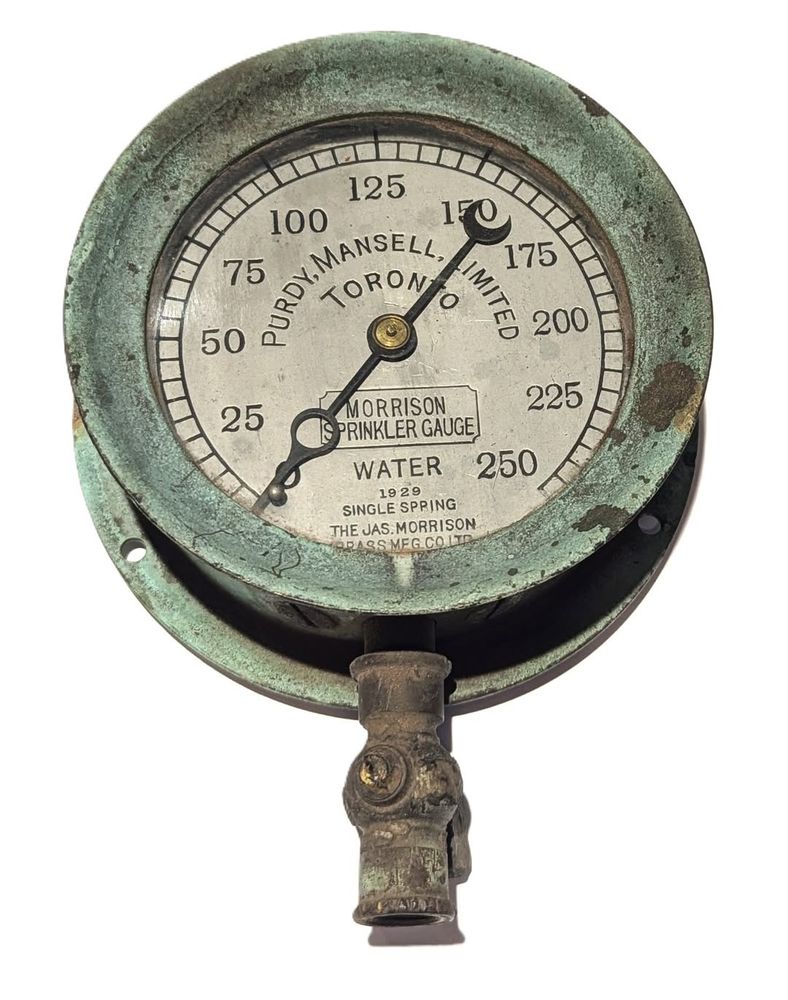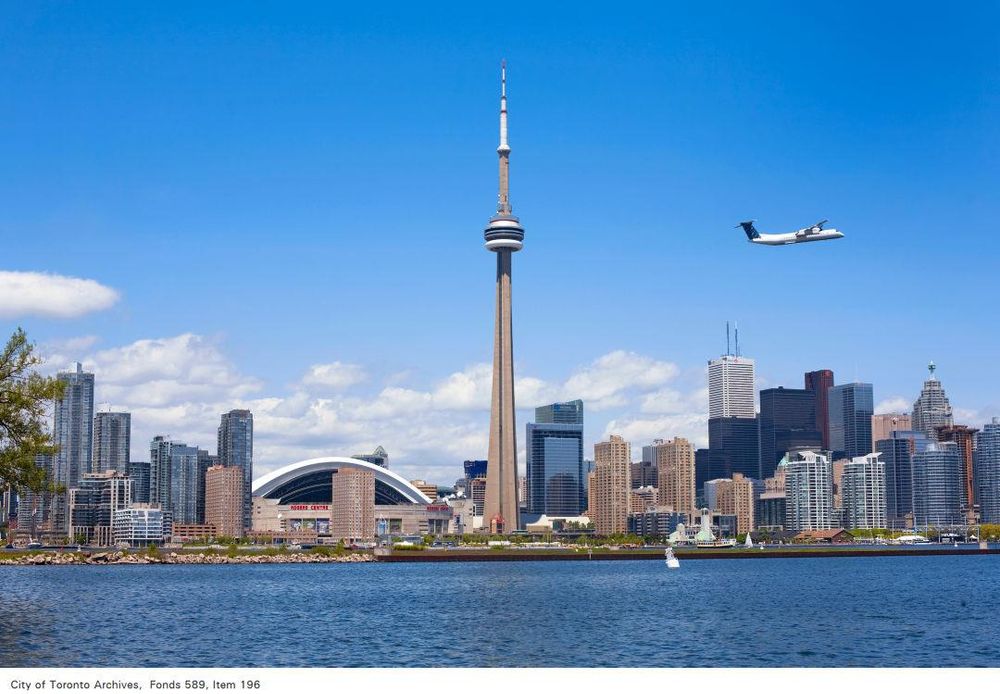











ow.ly/toCI50Xv7j6

ow.ly/toCI50Xv7j6


#TOhistory #TTC
jamiebradburnwriting.wordpress.com/2025/12/07/t...

#TOhistory #TTC
jamiebradburnwriting.wordpress.com/2025/12/07/t...




mailchi.mp/trha/decembe...

mailchi.mp/trha/decembe...



Like a lot of Gen X kids with Boomer dads, we had a complicated relationship.
I’ll miss him. I’m a tempest coated in chrome-numbness right now. Grateful to my family. 💛
🚂 If you like railways, he wrote a book in his retirement you may enjoy. #canadianhistory
Like a lot of Gen X kids with Boomer dads, we had a complicated relationship.
I’ll miss him. I’m a tempest coated in chrome-numbness right now. Grateful to my family. 💛
🚂 If you like railways, he wrote a book in his retirement you may enjoy. #canadianhistory
tastytourstoronto.com/holiday-choc...

tastytourstoronto.com/holiday-choc...
Follow this account for images and news from the City of Toronto Archives.
#Toronto #TOHistory #TOArchives




